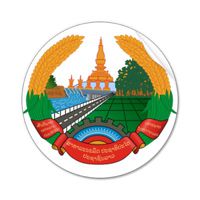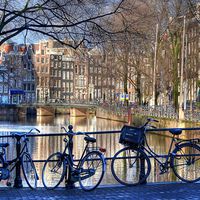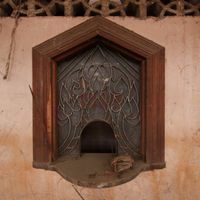PhotoContest | Australia | Simon Cuthbert | 7 Photos
Share using the Social Media buttons above to vote for this artist
The Architecture of Imperial Space: Border Crossings Now Allowed
photographs by Simon Cuthbert 1989.
Following the 1975 revolution in Laos the borders were closed to the non communist world behind the Soviet screen in SE Asia. This isolation remained for almost 15 years before the first traveler’s began to arrive once again as the Soviets withdrew to defend borders nearer their home.
Throughout SE Asia the French colonial influence in the urban environment is prevalent and often extends beyond built form and into the townscapes themselves. The former colonial capital of Laos, Vientiane, is a good example as it is modeled on Haussman’s Paris. Built very much with the traveler in mind the shady boulevards and provincial architecture blend with the Buddhist monuments and temples to create a pleasant city to experience. 15 years of Soviet occupation produced a further level to this city with communist billboards, posters, heroic monuments, parade grounds and Soviet style public buildings forming part of the texture of Vientiane.
The trickle of travelers to first visit Laos after it reopened in 1989 has become a flood of tourists that drive the economies of many SE Asian countries. The global force of tourism has the ability to dramatically alter urban space while obliterating cultural trace. The travelers come and go but the tourism remains rendering each place like any other.
These photographs were made as a diaristic travelogue of my journey recording the sites and experiences of interest to me. The opportunity to visit Vientiane soon after it opened resulted in me undertaking an extensive survey of the city and country environs. The methodology of the travelogue is descriptive and what order exists is derived from the chronology of the journey. No ideology was intended other than my own subjective viewpoint.
My intention through revisiting this work is to reconsider this material within a post colonial context and explore issue of colonialisation, cultural displacement and the signs and symbols of imperialism evident in the urban and natural environments. By disrupting my original methodology my intention is to realign the work in a manner so that the resulting configuration will prompt new meaning in the work. This narrative approach relies on the clichéd image as much as the poetic or descriptive as the effect will be achieved by the tensions, paradoxes and harmonies created when the images are taken out of their chronological context and viewed together.
[gallery link="file" columns="4"]
Similar content
posted on
19 Aug 2013
By Jérémy Segay
26 Feb 2007
deadline
29 May 2015
posted on
03 Aug 2010
from - to
09 Nov 2018 - 16 Jan 2019






